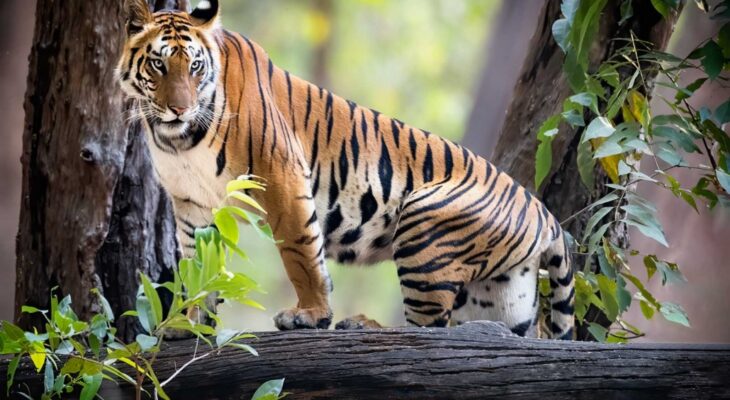Namibia’s scenery, people, and animals are so diverse that it is no surprise that Namibia wildlife photography tours are currently regarded as some of the best in Africa.
Namibia is the world’s second-most sparsely inhabited country. It also has some of the most breathtakingly stunning scenery in Africa. The vast dune systems of Namibia’s Namib Naukluft National Park, which are mostly desert, sweep their way into the shifting sands of Namibia’s Skeleton Coast, a stretch of coastline cooled by the Benguela current, which creates a coastal fog that supports entire ecosystems when it collides with the desert heat. Landscape photography in Namibia is truly a league of its own!
Namibia is a country of stunning landscape. The hot Kalahari and the gorgeous Namibia deserts meet, where ancient trees, wonderful birdlife, and diverse species may be found. Desert, marine, and open plain mammals, birds, reptiles, and insects flourish. In Namibia’s endless stretches of dunes, track rhinos through the desert. Namibia has everything a wildlife photographer could want, from Sossusvlei to the huge Etosha National Park. Photographing landscapes and nightscapes, as well as some fantastic environmental photographs of Namibian animals, is an excellent place to start as a photographer.
Namibia is a fantastic year-round photographic location. Make the most of your trip by taking advantage of all of the picture possibilities available. In a nutshell, the rainier months provide different scenery, while the drier months provide incredible animal views. Namibia is primarily a dry nation. Temperatures rise throughout the warmer months (November to April), and thunderstorms are possible. Of course, this may allow for some highly atmospheric images with dramatic contrasts, but make sure you have something to keep your gear dry in case you need it. Winter (May to October) is drier and colder, with more excellent animal observations in general. Still, it is also peak season, so expect more visitors.
For photographers, Namibia is one of Africa’s best-kept secrets. The attractions are less well-known and frequented than the game drives of East and South Africa and are only exposed to those seeking a unique safari encounter. We encounter a fascinating assortment of tenacious fauna that has managed to adapt to its rugged surroundings here in one of the world’s most extensive deserts. This is, nonetheless, a really gorgeous place. Photographers will be captivated by Namibia’s rising dunes, vast, dry rivers, jumbled granite highlands, and lonely beaches.
Namibia is, simply said, a paradise for photographers. It is also a large, sparsely inhabited nation, so knowing where to go when you arrive will save you time and money while improving your picture output. Namibia is home to the world’s oldest desert, the world’s biggest dunes, world-class animal watching, and many other attractions that you probably are not aware of but should be. If you get the chance to visit Namibia, opt for tiger and wildlife photography tours, and you will have a successful photographic vacation.


